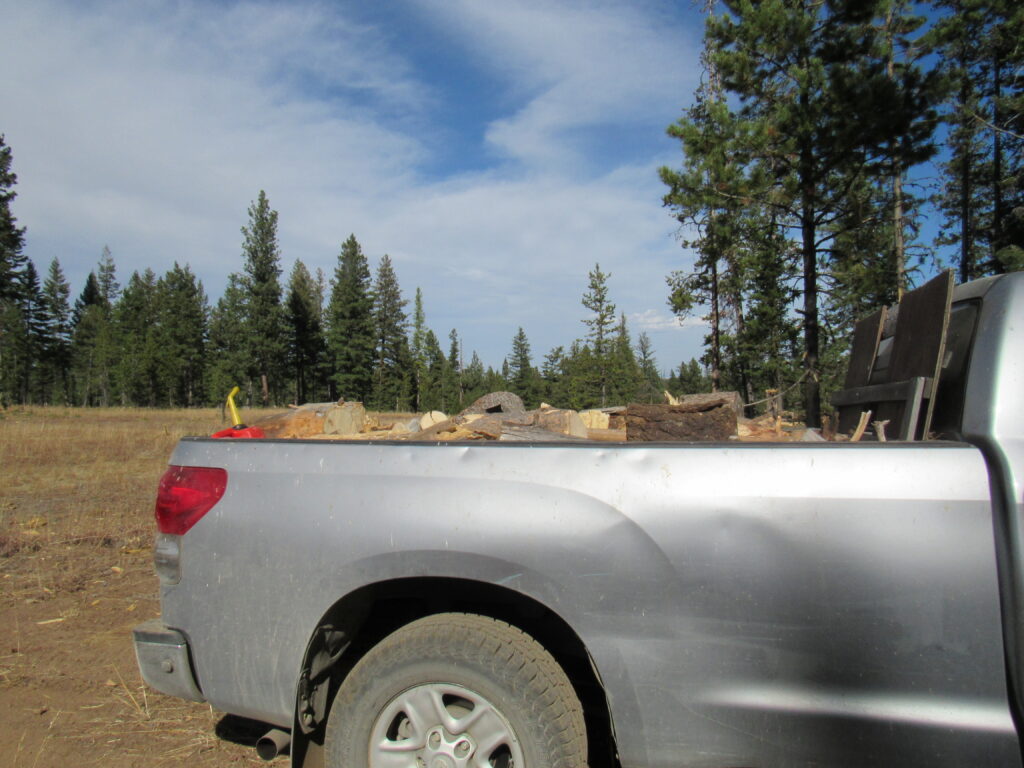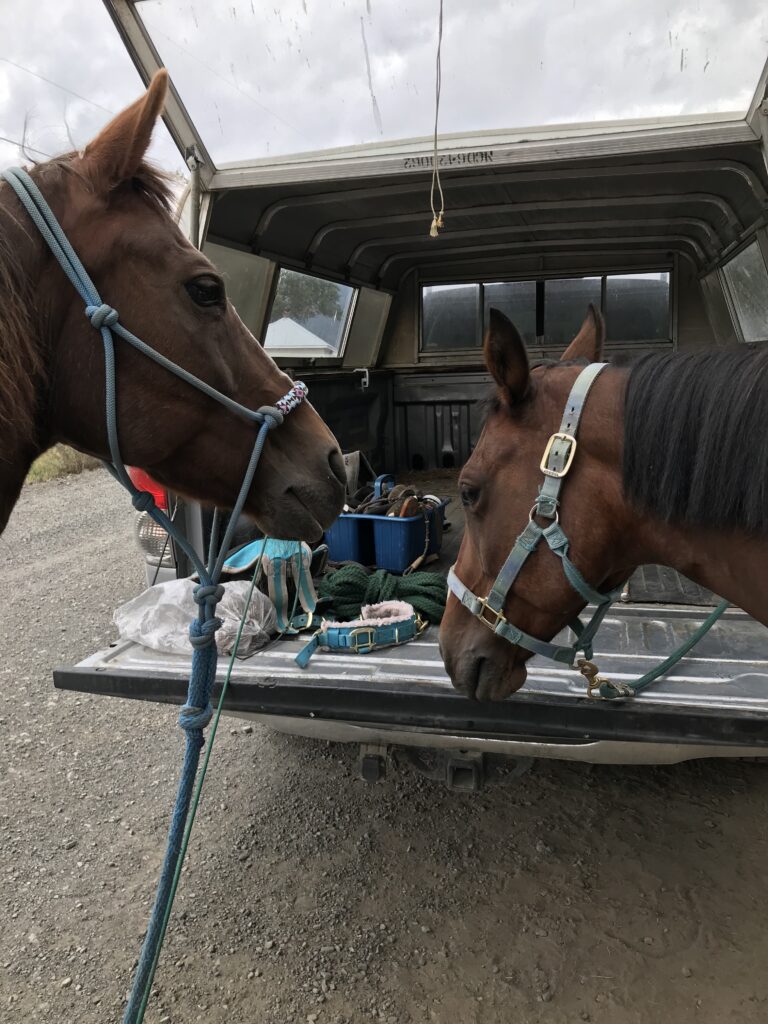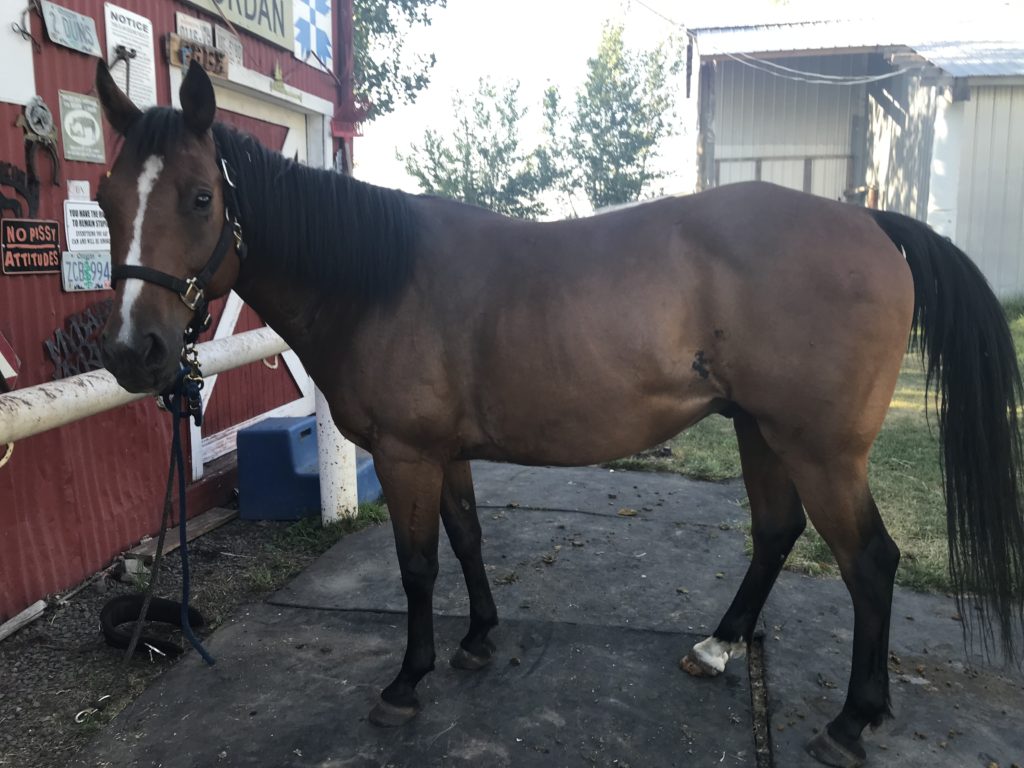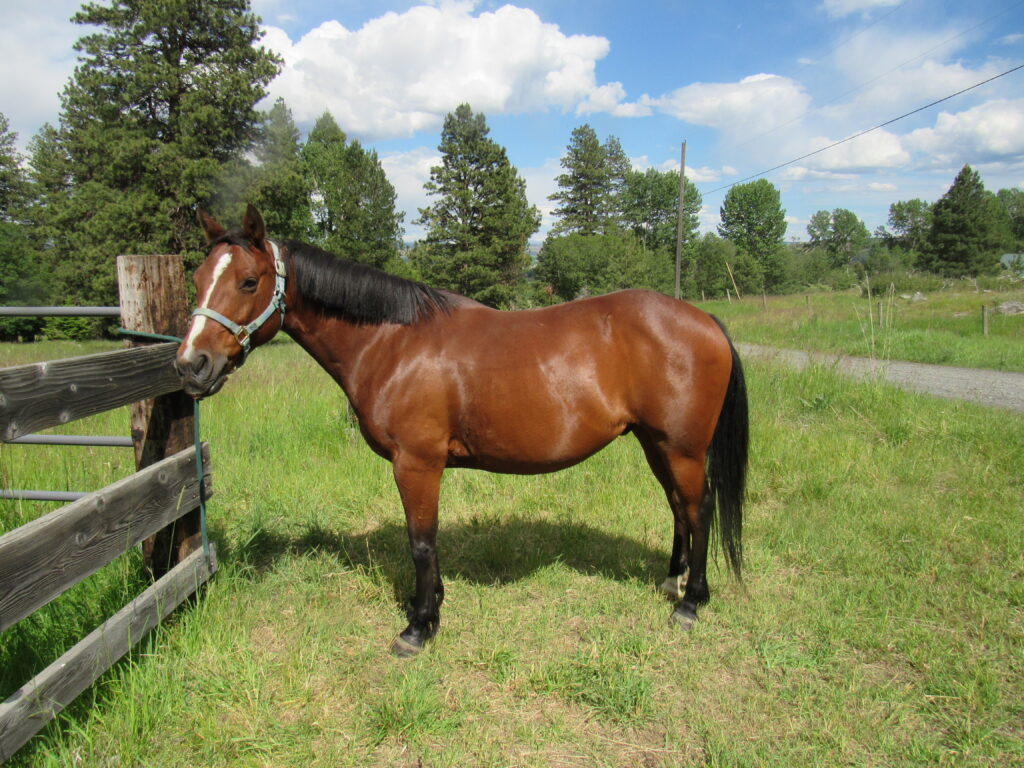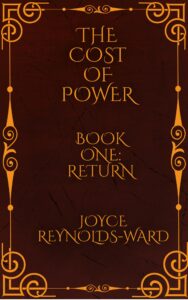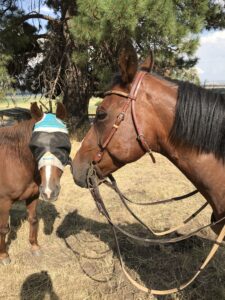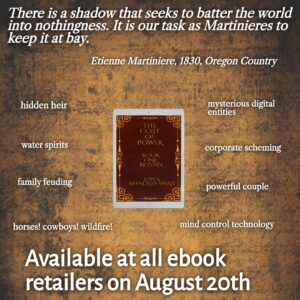Sometimes anniversaries sneak up on you. We are halfway through our tenth year of cutting firewood for heating our house–earlier in the year we didn’t think this was going to happen at all, but things changed and we’re cutting wood this fall instead of spring and summer. Every year as we age, there’s the question of is this the last year we’ll be able to cut wood? So far, so good. I’m glad to be out in the woods and regenerating my soul, plus gathering not just the wood but important details for the stories I write.
But before I talk about my stories–why do we cut firewood in this era? Well, winter weather here can get rather intense, with temperatures below zero F and occasional storms that take out the power. Our other heating system is an oil-fueled furnace and boiler combination that is dependent upon electricity. Our house location is not the best for solar and we’d just as soon not mess with generators. It’s a common practice in this small mountain town to use wood as a primary or supplemental heating source. We get a permit from the Forest Service which has certain restrictions, including only taking dead trees of certain species. A lot of our wood comes from former logging sites. But we also take downed trees from winter storms–in this dry climate, it can pile up and be a wildfire hazard. In some cases the wood is going to be stacked into a big pile and burned anyway, so why not in a woodstove with a catalytic converter to reduce emissions instead of a big open-air burn? Plus it’s good exercise, and a way to enjoy the outdoors. Spring cutting is about mushrooms (morels) and flowers. Watching the land and wildlife awaken from winter. There’s one spot where I’ve watched a big snowbank slowly melt into June.
It’s not something we would do in an urban area due to airshed concerns and, frankly, the distance that would need to be traveled to gather firewood. Here it’s a short drive.
Besides–it’s a means of reconnecting with the land. Fall woodcutting is watching the land and wildlife ease into winter. Leaf color. Perhaps a little bit of grouse hunting, depending on whether one shows up or not. Listening to the wind roar through the treetops as a cold front moves in.
Firewood cutting is also a means of touching base with many of my characters. Do my characters cut firewood or do other outside things? Well, yes. So firewood cutting is a means for me to gather seasonal sensory input for my writing. In past years, I brought my laptop along. Some of my books have had major segments drafted while I waited in a safe place for the husband to cut down a tree. Or I’ve daydreamed about story elements while loading wood into the truck. I’ve had numerous epiphanies while out woodcutting.
Not all of my characters would have cut firewood at some point in their lives. Of the Netwalk Sequence characters, only Sarah and Diana would have had that experience. Sarah would have cut firewood with her husband Dan Andrews, when she was a ranchwoman and not the savvy politician she later became. Her daughter Diana would have continued to cut firewood with her father after Sarah divorced Dan and left the ranch (Diana stayed with her father while her older brother went with their mother). But Diana’s daughter Melanie? No, because Melanie wasn’t raised in a setting where firewood was anything more than the occasional fireplace burn, and even that would later be replaced by substitutes. Melanie’s daughter Bess would not have had any exposure to anything more than the substitutes for fire.
Naturally, the Goddess’s Honor fantasy characters would have cut and gathered firewood. Not with chain saws, of course, given their levels of technology. But big crosscut saws? Probably. Gathering fallen limbs for campfires while traveling? Absolutely. Many of the lodges that the people of the Two Nations lived in had metal stoves for cooking and heating; and definitely so for the peoples of Larij and Medvara. Even the desert Stauleur have clay-based stoves used for wintertime heating in their towns. Katerin has the occasional ability to see important events in the flames of an open fire. Her daughter Witmara first realizes the sickness in the realm of Daran when she learns that some wood is magically possessed, dangerous and toxic to the touch, while gathering firewood.
And then there’s the Martiniere books. Ruby and Gabe definitely cut firewood in their younger years on the ranch. In The Cost of Power, firewood is a supplement to the main heating systems that are primarily fueled using solar power and a power wall battery. Gabe cuts and stacks wood in one Broken Angel scene, during a discussion with his brother-in-law Rafael Alvarez about him becoming a part of Rafe’s mercenary militia defending small towns in the Southwest. He splits wood during one of the Martiniere Christmas stories, where he gets visited by a digital thought clone version of himself from another universe. The need to cut and stack firewood is one of the details that separates exiled, struggling Gabe from rich and powerful Gabe.
Until this latest woodcutting session, I hadn’t thought about the degree to which these expeditions have shaped my writing. It was a fairly easy session, the third one of probably five trips we’ll make (we have enough permit tags for ten trips but winter and time will probably intervene). We found part of a downed Douglas fir that had split upon falling, so it was left behind by a logging crew that took the viable part to the mill. Then there was the aged old white fir that flopped across another downed tree that was mostly rotten. Because most of this tree was off the ground, it was cured but not rotted. Between those two trees and smaller pieces we scrounged around and found on the forest floor, we filled the truck bed.
I didn’t work on writing (even though I had an outline in my travel bag), but I thought about woodcutting and the role it plays in my writing. My attempts to replicate those moments when I stand on the forest’s edge, breathing deeply as I gaze over the canyons. That moment when I come across a line of morels, or spot a deer lurking around to eat the black moss from a fallen lodgepole pine. There’s been times when we had deer come to black moss when we’ve been just fifty feet away, having moved on to another set of trees to cut up.
At some point this part of my life will go away. That time is nearer than I really want to admit.
But for now? I’m savoring these moments in the woods. And I will enjoy the warmth when the winter winds blow hard.
#
#
Shameless self promo time! You can subscribe to my monthly newsletter here. As always, the Cookies Fund for the horses could use a coin or two. Contribute here. And The Cost of Power books are now all out in ebook and paperback–I hope to have the paperback links added soon, but for now, you can go to these links for a kickass science fantasy neoWestern with Carolingian elements. Click on each title for the link: Return, Crucible, Redemption.

